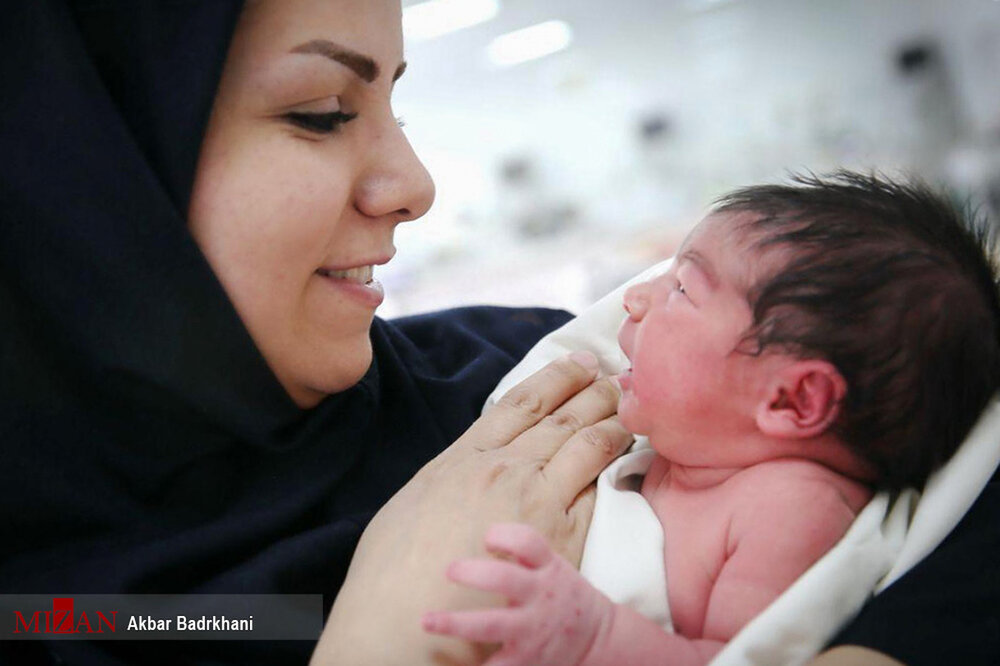Child adoption up by 10% in Iran

TEHRAN – Child adoption has increased in the country by 10 percent, following the actions taken to speed up the process, Habibollah Masoudi-Farid, deputy head of the Welfare Organization, has stated.
Following the Law on Protection of Children and Adolescents in [the Iranian calendar year] 1392 (March 2013-March 2014), adaption experienced an upward trend.
Welfare efforts to fulfill this basic slogan that children must grow in the family led welfare experts to identify children who can be fostered by the families through regular inspections, he said.
The adoption system officially started operating in May 2020, people who signed up for adoption were asked whether they are willing to adopt a disabled or older child. Families could also track their cases.
The system facilitated access, and the important point is that the adoption rate increased by 10 percent over the last year (March 2020-March 2021) compared to a year before, he highlighted.
Since [the Iranian calendar year] 1392, the number of adoption cases has increased and 2,000 children are placed for adoption annually, some of whom are placed under temporary custody because a temporary trustee is better than care centers, Masoudi-Farid said in May 2020.
For adoption, criteria like mental health, the ability to take care of a child, no addiction, no criminal record, and bad reputation, as well as proper income must be achieved. The approach is the result of studying the adoption process in 10 countries around the world, he noted.
In [the Iranian calendar year] 1398 (March 2019- March 2020), 160 children were adopted who were suffering from diseases or disabilities. Also, 130 children were given to single girls over the age of 30.
Montazer Shabar, the Welfare Organization’s director for children affairs, said in July 2019 that there are 10 applicants for fostering each child in the country.
Currently, some 2,800 applicants are waiting for the adoption, most of whom are parents not having children or intending to foster a child, he added.
Ahmad Khaki, deputy head of Tehran’s welfare organization for social affairs, has said that the number of children adopted in Tehran increased by 25 percent in [the Iranian calendar] year 1396 (March 2017 – March 2018) compared to the year before, as some 500 children were adopted by Tehraners in the year ended March 2019.
According to the Welfare Organization, the country's adoption and foster laws that dated back to some 44 years ago was revised and modified in 2013. Within the new law, kids could be adopted up to the age of 16 while the former law states that kids aged 12 or less could be adopted. In addition to families with no child now families with one kid and single women are able to apply for adoption.
The law formerly authorized adoption only for orphans while the new law permit adoption for children with dysfunctional families as well in case the judge concludes that the new family is suitable for adoption.
Previously, the adoptive families were required to sign over one-third of their property to their child-to-be but some could not afford to do so and now the judge gets to decide how a family, depending on their financial status, should be treated.
5,500 female-headed households supported last year
Last year, in addition to the nearly 240,000 households under the Welfare Organization’s coverage, 5,500 female-headed households were also covered, Masoudi-Farid said.
“We also provided health insurance coverage for over 30,000 breadwinner women residing in nomadic or rural areas,” he stated.
In Iran, there are 3 million women-headed households, out of a total of 22 million families, and most of them can be found in less developed areas of the country, according to the UNDP office in Iran.
4,800 multiple births covered by the Organization
Another important point is the population policies that families with multiple births, especially triplets and above, should be supported, including receiving subsidies for triplets regardless of their income. They are also supported to supply infant milk and diapers.
“A total of 4,800 multiple births are currently covered by the Organization, as last year, 800 multiple births above three were covered,” he concluded.
FB/MG

Leave a Comment